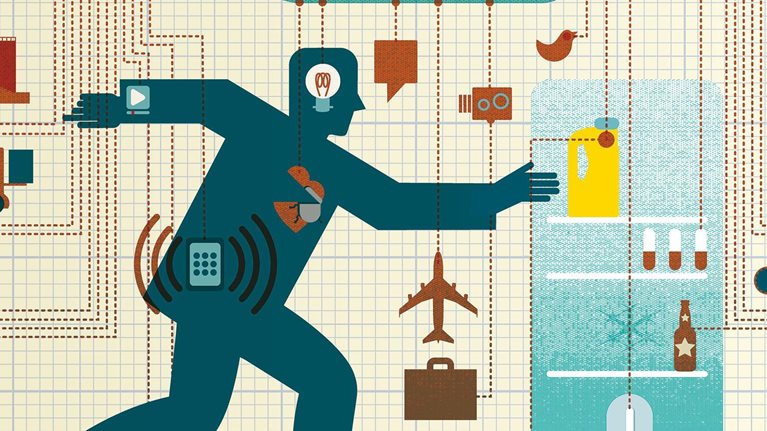In the span of a few short years, millions of Americans have brought connected devices into their homes, and the connected-home industry is poised for a new wave of growth. McKinsey conducted its second annual survey of approximately 2,000 US households regarding their connected devices. Members of these households were asked for their views on the connected home, and these conversations revealed distinct customer segments and key issues that need to be tackled in order to unlock growth. In this interview, Kabir Ahuja, who leads McKinsey’s Connected Home service line, discusses just what can be expected in the US market over the next decade.
Interview transcript
The connected home has been coming for a long time. If you think about where we are today, many people might say, “How come every home isn’t connected or adding devices?” What’s interesting to me is it’s big, and it’s growing fast.
Right now, the connected home, defined as a home that has at least one connected device, accounts for about 22 percent of US households, and that rate is growing at a CAGR1 of about 30 percent a year. That’s projected to go on for a while. This is a big and growing market, but maybe not as penetrated or as pervasive as we thought it might have been five to ten years ago.
The reasons why are, first of all, it’s driven largely by single-product value drivers—the value propositions that are tied to single devices that actually cause people to buy one device and add it in. What’s really interesting is people change their homes at a pretty slow pace, and it’s driven by big events in your life. For example: a new baby, a change of location, a new house, you’re remodeling, you get married. Whenever big life events happen, you tend to add new devices, change the setup of your home. That cycle is not necessarily superfast. What we’re seeing is a combination of the value propositions of single devices slowly coming to market, paired with a cycle-replacement time of in-home devices, which causes this whole market to move slower than we might have expected.
The good news is we have a long and sustained ramp of penetration still culminating in the connected home, which means we’re going to go from 22 percent today to every home being connected in five to ten years. That means there’s lots of opportunity for players in the market to figure out how to get into these homes and create value.
See more of the findings from our connected home survey at McKinsey.com/connectedhome.


